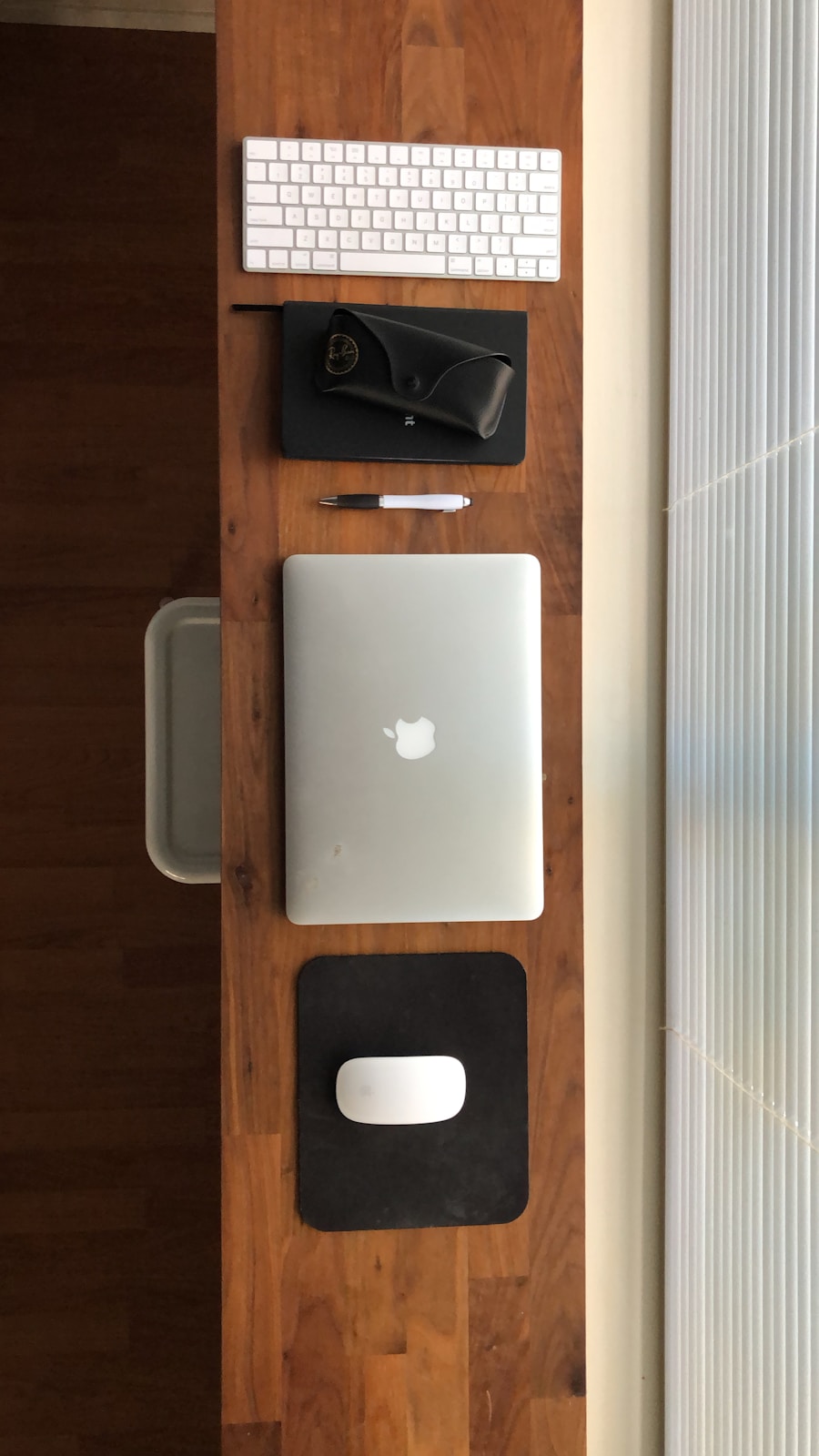The modern workplace has undergone a significant transformation over the past few decades, with the rise of technology and the increasing prevalence of sedentary lifestyles. As more individuals find themselves tethered to their desks for extended periods, concerns about health and well-being have surged. In response to these challenges, the concept of sitting to standing desks has gained traction.
These adjustable workstations allow users to alternate between sitting and standing positions, promoting a more dynamic work environment. The appeal of these desks lies not only in their versatility but also in their potential to enhance comfort and productivity. Sitting to standing desks come in various designs, from manual crank systems to sophisticated electric models that allow for seamless height adjustments at the touch of a button.
This flexibility caters to diverse preferences and work styles, making it easier for individuals to find a setup that suits their needs. As awareness of the negative effects of prolonged sitting continues to grow, many organizations are investing in these desks as part of their commitment to employee health. The shift towards a more active workspace is not merely a trend; it reflects a broader understanding of how our physical environment can influence our overall well-being and work performance.
Key Takeaways
- Sitting to standing desks offer the flexibility to switch between sitting and standing while working, promoting better posture and reducing the negative effects of prolonged sitting.
- Using a sitting to standing desk can lead to improved energy levels, increased calorie burn, and reduced risk of certain health issues such as obesity, diabetes, and cardiovascular disease.
- When choosing a sitting to standing desk, consider factors such as adjustable height, stability, ease of transition, and additional features like keyboard trays and monitor arms.
- Transitioning to a sitting to standing desk can be made easier by starting with short standing periods, using anti-fatigue mats, and gradually increasing standing time over weeks.
- Incorporating movement and stretching into your workday while using a sitting to standing desk can help reduce muscle tension, improve circulation, and prevent stiffness.
Benefits of Using a Sitting to Standing Desk
The benefits of using a sitting to standing desk extend beyond mere comfort; they encompass a range of physical and psychological advantages. One of the most significant benefits is the potential reduction in the risk of chronic health issues associated with prolonged sitting. Research has shown that sedentary behavior is linked to various health problems, including obesity, cardiovascular disease, and diabetes.
By incorporating standing into the workday, individuals can help mitigate these risks, promoting better metabolic health and overall fitness. In addition to physical health benefits, using a sitting to standing desk can also enhance mental well-being. Standing while working can lead to increased energy levels and improved mood, as it encourages better circulation and reduces feelings of fatigue.
Many users report heightened focus and productivity when they alternate between sitting and standing, as the change in posture can stimulate creativity and engagement. Furthermore, the act of standing can foster a sense of empowerment and control over one’s work environment, contributing to greater job satisfaction.
How to Choose the Right Sitting to Standing Desk for You

Selecting the right sitting to standing desk involves careful consideration of several factors that align with individual preferences and workspace requirements. One of the primary considerations is the desk’s adjustability range. A desk that can accommodate a wide range of heights is essential for ensuring comfort for users of varying statures.
For instance, individuals who are taller may require a desk that can extend significantly higher than standard models, while shorter users will benefit from desks that can lower adequately. Another critical aspect to consider is the desk’s stability when in use. A wobbly desk can be distracting and may lead to frustration during tasks that require precision, such as typing or drawing.
It is advisable to look for desks with sturdy construction and a solid base that minimizes movement when adjusting height. Additionally, features such as programmable height presets can enhance convenience, allowing users to switch between positions effortlessly throughout the day. Finally, aesthetic considerations should not be overlooked; choosing a desk that complements the existing office decor can contribute to a more cohesive and inviting workspace.
Tips for Transitioning to a Sitting to Standing Desk
Transitioning from a traditional desk setup to a sitting to standing desk requires a thoughtful approach to ensure a smooth adjustment period. One effective strategy is to gradually increase the amount of time spent standing each day. For instance, individuals might start by standing for 15-20 minutes every hour and then slowly increase this duration as they become more accustomed to the new posture.
This gradual approach helps prevent fatigue and discomfort that may arise from sudden changes in routine. Another important tip is to pay attention to body signals during the transition. Users should be mindful of any discomfort or strain that may occur while standing and make adjustments as needed.
This could involve altering the height of the desk or adjusting the position of the computer monitor to ensure proper alignment with eye level. Additionally, incorporating anti-fatigue mats can provide extra cushioning for the feet, reducing strain during prolonged standing periods. By listening to their bodies and making necessary adjustments, users can create a more comfortable and sustainable work environment.
Incorporating Movement and Stretching into Your Workday
While sitting to standing desks promote better posture and reduce sedentary behavior, incorporating movement and stretching into the workday is equally important for maintaining overall health. Simple exercises can be performed throughout the day to break up long periods of sitting or standing. For example, taking short walking breaks every hour can help stimulate circulation and alleviate stiffness in the legs and back.
Even brief walks around the office or outside can provide a refreshing mental break. Stretching is another effective way to counteract the physical strain associated with prolonged desk work. Incorporating stretches targeting key muscle groups—such as the neck, shoulders, back, and legs—can help alleviate tension and improve flexibility.
Simple stretches like neck rolls, shoulder shrugs, and hamstring stretches can be performed discreetly at one’s desk or during breaks. By integrating movement and stretching into their daily routine, individuals can enhance their overall well-being while maximizing the benefits of their sitting to standing desk.
Creating an Ergonomic Workspace with a Sitting to Standing Desk

An ergonomic workspace is essential for maximizing comfort and productivity when using a sitting to standing desk. Proper ergonomics involves arranging furniture and equipment in a way that promotes good posture and minimizes strain on the body. When setting up a sitting to standing desk, it is crucial to ensure that the monitor is positioned at eye level, approximately an arm’s length away from the user.
This positioning helps prevent neck strain and encourages proper alignment of the spine. In addition to monitor placement, keyboard and mouse positioning are vital components of an ergonomic setup. The keyboard should be placed at elbow height when seated or standing, allowing for relaxed shoulders and wrists while typing.
Users should also consider using an ergonomic chair when seated, which provides adequate lumbar support and encourages proper posture. Footrests or anti-fatigue mats can further enhance comfort by providing support for the feet during prolonged standing periods. By prioritizing ergonomic principles in their workspace design, individuals can create an environment that supports their health and productivity.
Maximizing Productivity with a Sitting to Standing Desk
To fully leverage the potential of a sitting to standing desk for productivity enhancement, individuals should adopt strategies that align with their work habits and preferences. One effective approach is to establish a routine that incorporates both sitting and standing intervals throughout the day. For example, users might choose to stand during tasks that require high levels of focus or creativity while reserving seated time for more routine or administrative tasks.
This intentional approach allows individuals to harness the benefits of both postures based on their specific needs at any given moment. Additionally, utilizing technology can further enhance productivity when using a sitting to standing desk. Many modern desks come equipped with features such as timers or reminders that prompt users to change positions at regular intervals.
Leveraging these tools can help individuals maintain awareness of their posture throughout the day, preventing them from becoming too engrossed in their work and neglecting their physical well-being. Furthermore, integrating productivity techniques such as the Pomodoro Technique—where work is broken into intervals followed by short breaks—can complement the use of a sitting to standing desk by encouraging regular movement and mental refreshment.
Potential Drawbacks and How to Overcome Them
While sitting to standing desks offer numerous benefits, they are not without potential drawbacks that users should be aware of. One common issue is discomfort or fatigue associated with prolonged standing. Individuals who are not accustomed to standing for extended periods may experience soreness in their feet, legs, or lower back as they adjust to this new posture.
To mitigate this discomfort, it is essential for users to take regular breaks from standing and incorporate seated intervals into their routine. Another potential drawback is the risk of developing poor posture while standing if proper ergonomics are not maintained. Users may inadvertently slouch or lean forward while working at their desks, leading to strain on the back and neck over time.
To combat this issue, individuals should remain vigilant about their posture while standing—keeping shoulders relaxed, feet flat on the ground, and hips aligned with knees—while also utilizing supportive footwear or anti-fatigue mats for added comfort. By being proactive about these challenges and implementing strategies for comfort and ergonomics, users can fully enjoy the advantages offered by sitting to standing desks while minimizing any negative effects on their health or productivity.
If you are looking to upgrade your office space with a more ergonomic solution, consider investing in a standing desk. According to a recent article on workstation health and safety, sitting for long periods can have negative effects on your health. By incorporating a standing desk into your workspace, you can improve your posture, reduce the risk of back pain, and increase productivity. Make your office both stylish and functional by pairing your standing desk with a sleek executive desk from Office Interior.
FAQs
What is a sitting to standing desk?
A sitting to standing desk, also known as a height-adjustable desk, is a type of desk that allows the user to easily switch between sitting and standing positions while working.
What are the benefits of using a sitting to standing desk?
Using a sitting to standing desk can help reduce the health risks associated with prolonged sitting, such as obesity, heart disease, and back pain. It can also improve posture, increase energy levels, and boost productivity.
How do you adjust a sitting to standing desk?
Most sitting to standing desks can be adjusted using a crank, electric motor, or pneumatic lift system. The user can easily raise or lower the desk to their desired height with minimal effort.
Are there any potential drawbacks to using a sitting to standing desk?
Some users may experience discomfort or fatigue when first transitioning to a standing desk, as it can take time for the body to adjust to the new position. It’s important to gradually increase standing time and take regular breaks to avoid overexertion.
Are sitting to standing desks suitable for everyone?
While sitting to standing desks can benefit many individuals, they may not be suitable for those with certain health conditions or physical limitations. It’s important to consult with a healthcare professional before making the switch to a standing desk.


